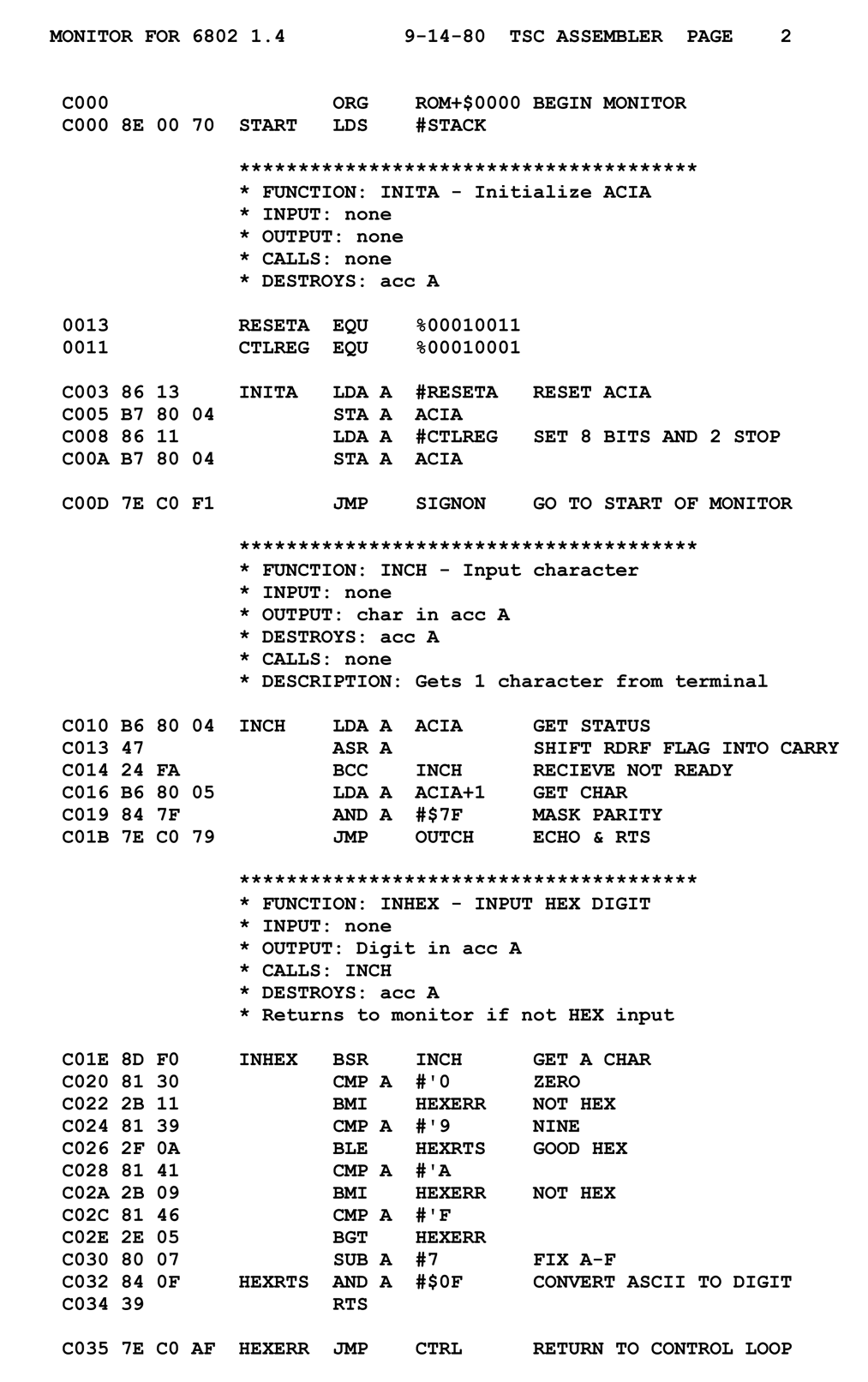Introduction To Microcontrollers
- Introduction to Microcontrollers
- Microcontroller Programming Concepts
- Embedded C and Assembler for Microcontrollers
- Microcontrollers and Interfacing Techniques
- Microcontrollers and Debugging
- Microcontrollers and Real-Time Operating Systems (RTOS)
- PLCs and Industrial Control Systems
Embedded C and Assembler for Microcontrollers
Basics of Assembler

Any low-level programming language in which there is a very strong correspondence between the instructions in the language and the architecture's machine code instructions.
Assembler is a low-level programming language that is specific to a particular computer architecture. It is typically used for writing code that needs to interact directly with hardware, making it an essential tool for microcontroller programming. This article will cover the basics of Assembler, including its syntax, structure, instructions, directives, macros, and debugging techniques.
Introduction to Assembler
Assembler is a type of programming language that provides a direct correspondence between machine language instructions and mnemonic codes. It allows programmers to write human-readable code that can be directly translated into machine code by an assembler.
Assembler Syntax and Structure
Assembler syntax varies between different computer architectures, but most share some common elements. An assembler program typically consists of instructions, each of which corresponds to a specific machine language operation. Each instruction has a mnemonic (a short, human-readable code), and zero or more operands, which are the data or addresses on which the instruction operates.
Basic Assembler Instructions
There are several types of instructions in Assembler, including:
- Data Movement Instructions: These instructions are used to move data from one location to another. Examples include
MOV,PUSH, andPOP. - Arithmetic Instructions: These instructions perform arithmetic operations like addition, subtraction, multiplication, and division. Examples include
ADD,SUB,MUL, andDIV. - Logical Instructions: These instructions perform bitwise operations like AND, OR, NOT, and XOR. Examples include
AND,OR,NOT, andXOR. - Control Flow Instructions: These instructions are used to alter the flow of execution. Examples include
JMP(jump),JZ(jump if zero), andJNZ(jump if not zero).
Assembler Directives
Assembler directives are commands that instruct the assembler to do something. They do not correspond to machine language instructions and do not result in any machine code being generated. Examples of directives include defining data, specifying the start of a code section, and including other source files.
Assembler Macros
Macros in Assembler are a way of defining reusable chunks of code. A macro is defined with a name and a block of code, and can then be invoked by using its name. This can help to reduce code duplication and make the code easier to read and maintain.
Debugging Assembler Code
Debugging Assembler code can be challenging due to its low-level nature. However, there are several techniques that can be used:
- Tracing: This involves following the execution of the program step by step to see where it goes wrong.
- Breakpoints: These are points in the code where execution will stop, allowing you to inspect the state of the program.
- Watchpoints: These are similar to breakpoints, but instead of stopping at a particular point in the code, they stop when a particular condition is met.
- Disassembly: This involves converting the machine code back into Assembler to see what it is doing.
In conclusion, Assembler is a powerful tool for microcontroller programming, providing direct control over the hardware. Understanding its basics is essential for anyone looking to delve into the world of microcontrollers.